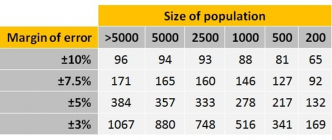Hello All,
Starting playing with a new load for my 300 RUM
Prior I was using Retumbo with a 210 VLD and had real good results.
I got a hold of some N570, ran some number through QL and started with file attached
300 RUM
N570- started 96.4
Berger 210 VLD Hunt
GM215
Hart- 27.625
COAL-- 3.728
BTO-- -3.039 ".020 SEATING DEPTH"
Redding Press & Dies
A&D FX120 / AT V3
Never had any issues
What's interesting is the range of velo with the powder charge?
I'm thinking of playing around seating depth with 96.6
Tell me what you think
Thanks!!
Starting playing with a new load for my 300 RUM
Prior I was using Retumbo with a 210 VLD and had real good results.
I got a hold of some N570, ran some number through QL and started with file attached
300 RUM
N570- started 96.4
Berger 210 VLD Hunt
GM215
Hart- 27.625
COAL-- 3.728
BTO-- -3.039 ".020 SEATING DEPTH"
Redding Press & Dies
A&D FX120 / AT V3
Never had any issues
What's interesting is the range of velo with the powder charge?
I'm thinking of playing around seating depth with 96.6
Tell me what you think
Thanks!!
Attachments
Last edited:













